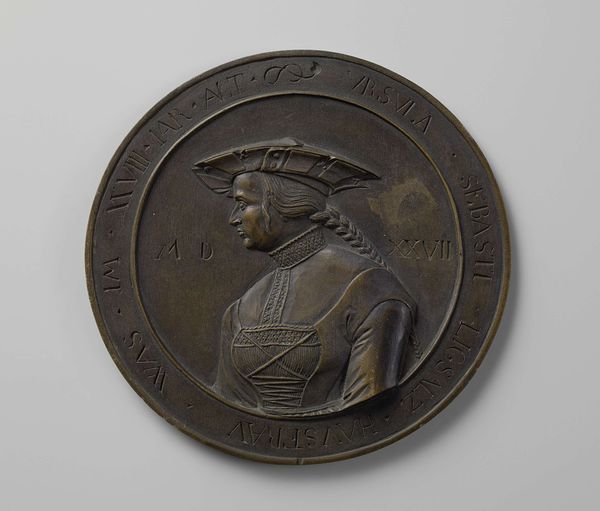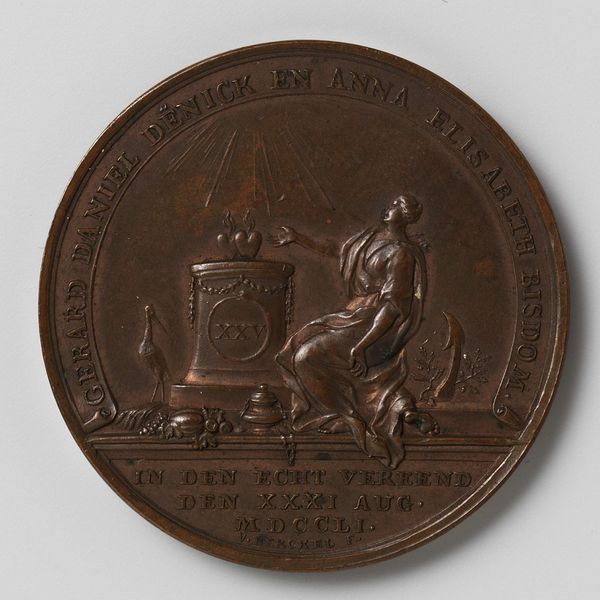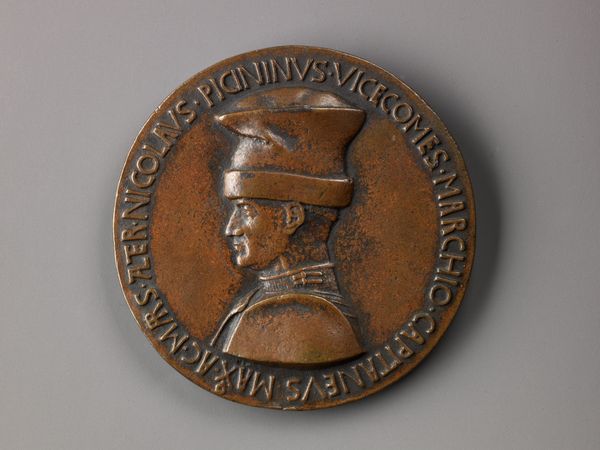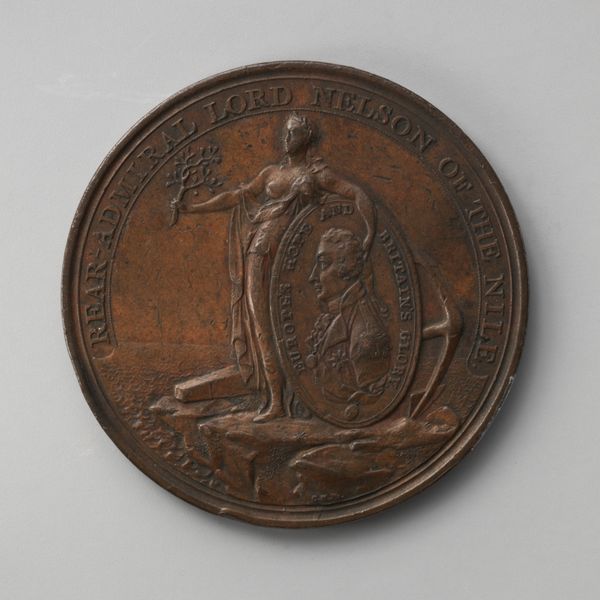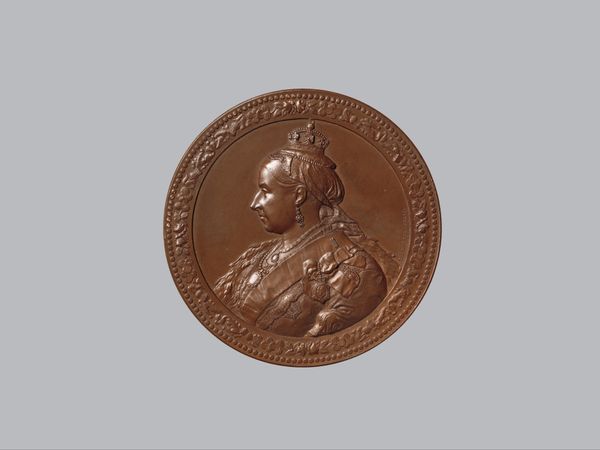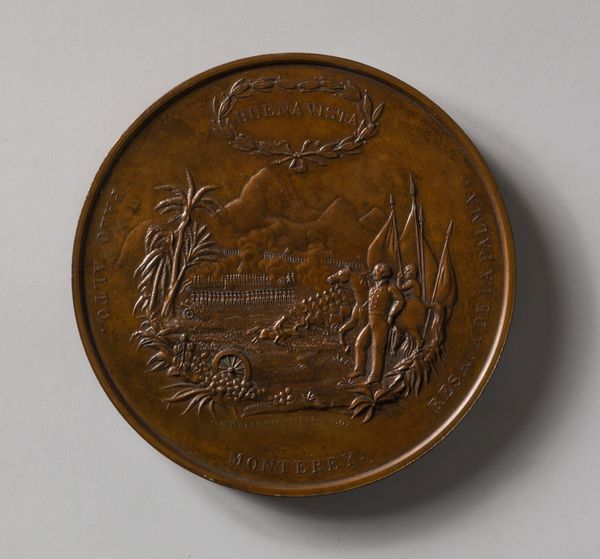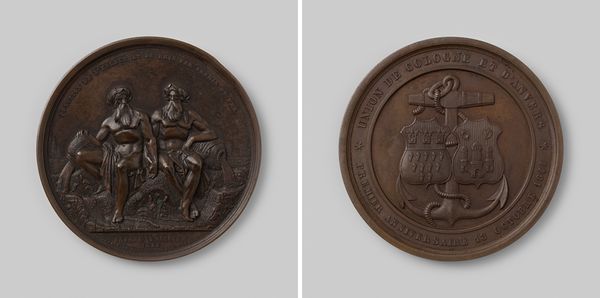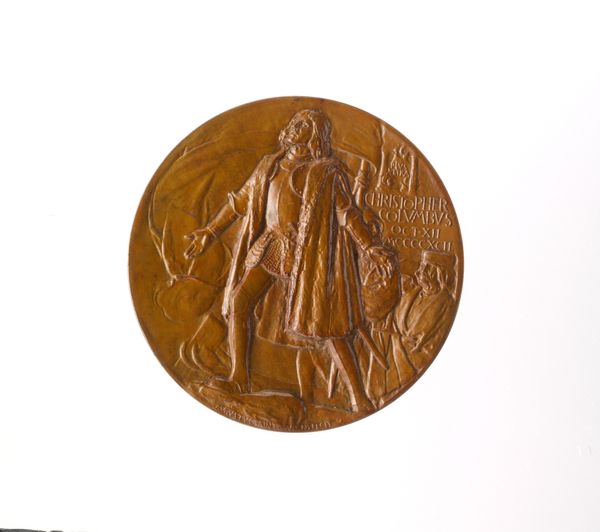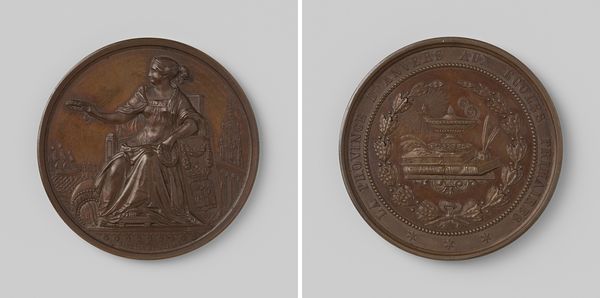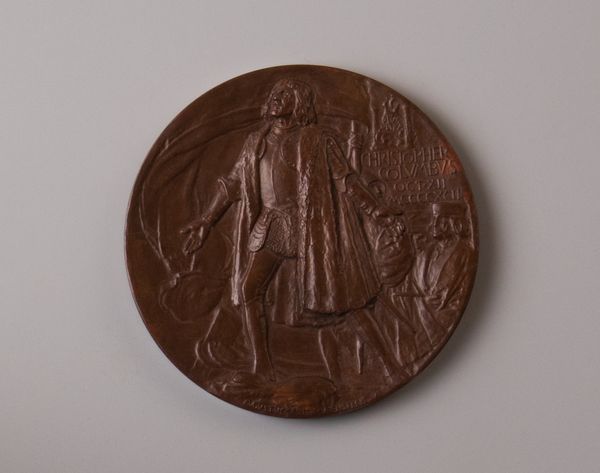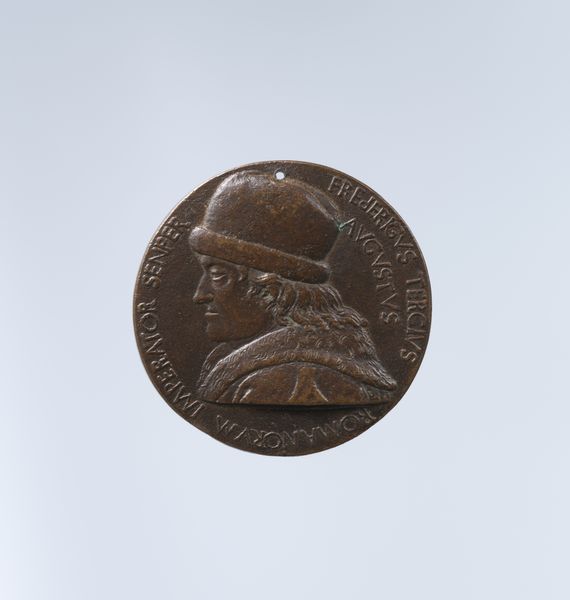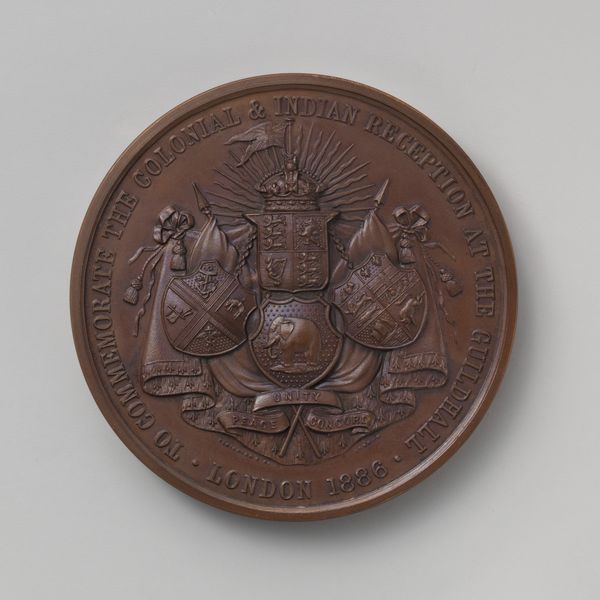
metal, bronze, sculpture
#
portrait
#
medal
#
metal
#
sculpture
#
bronze
#
11_renaissance
#
sculpture
#
decorative-art
#
italian-renaissance
Dimensions: Diameter: 5 3/16 in. (132 mm)
Copyright: Public Domain
Editor: Here we have Hans Daucher’s bronze medal, “Philip, Count Palatine,” made in 1522. It's amazing how detailed the armor is, given the scale of the piece! What do you see in this piece from a materialist perspective? Curator: I see a complex intersection of labor, materiality, and social status. The bronze itself, the way it was cast, tells us something. Where did the artist source the metal? Who were the artisans involved in its production, from the mining of the ore to the final polishing? Editor: So, the production of the object becomes a key element in understanding its meaning? Curator: Precisely! The medal wasn’t just conjured out of thin air. Think about the value assigned to the materials and craftsmanship. Bronze was relatively accessible but still implied status. Its relative durability connected to the intended commemoration of power, specifically a count in full battle array. Did the artist cast it himself, or was it produced through a network of workshops? That’s the material reality of artistic production, often overlooked. Editor: And the artistic skill involved suggests it was valuable... almost as propaganda, declaring a kind of brand! Curator: Yes, exactly! Medals like these facilitated a sort of brand-building for their commissioner. The very act of possessing this was an enactment of control over resources. Who controlled access to materials, skills, and knowledge? How did this piece become part of larger circuits of patronage and exchange? These kinds of objects reflect the social dynamics in play, and that affects everything about the piece. Editor: I never really thought about art in those terms before, seeing beyond the finished artwork, to the process involved and everything that enables its creation. I see so much more when looking at art! Curator: Right? That's why this perspective helps so much to demystify our relationships with the object and its time.
Comments
No comments
Be the first to comment and join the conversation on the ultimate creative platform.
